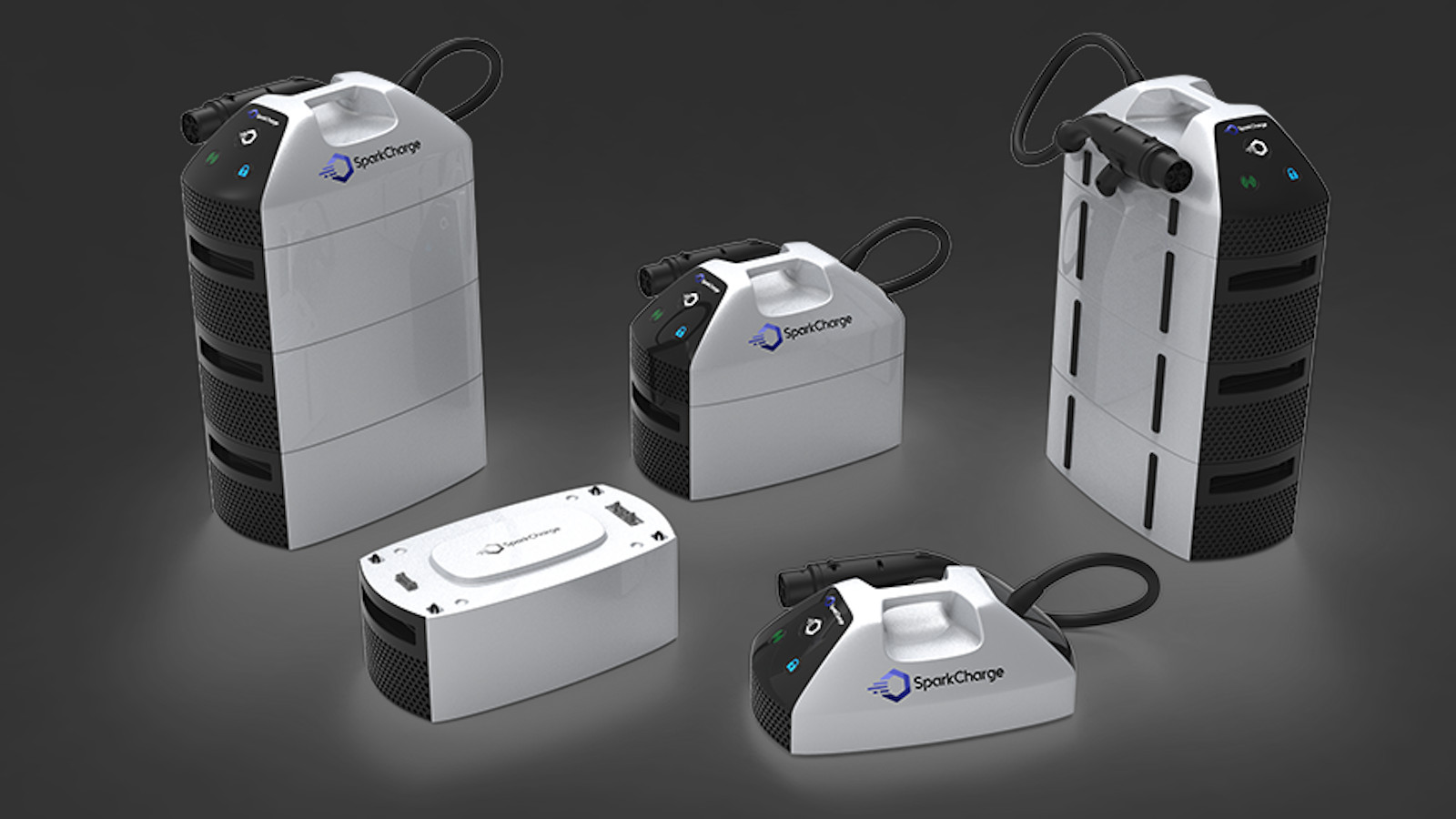Now that we have viable elec cars, and more variety in the way, we need to solve the charging/range issue. I remember reading about the limiting factor that earlier battery tech was, and even though it's much improved it's still the biggest hurdle. Current battery tech is sufficient for most average drivers but long road trips and extended use are still impossible unless carefully planned around charging.
I love grilling and probably use my grill as much as my stove if not more. A few days ago I needed to buy more propane so I drive to the neighborhood grocery store and exchange my propane cylinder for a fresh one full of fuel. Once or twice a week the propane sends a truck to pick up the empty cylinders and they refill them and make them ready for the next exchange. This is what we should be doing with elec. car battery packs, at least in part. Existing gas stations would happily incorporate battery exchange into their business for all the same reasons they sale gas. The battery packs are heavy and special equipment would need to be developed to remove and replace battery packs for customers. Standard materials handling equip.that's already on the market could be adapted immediatly with no R&D costs. While we don't have the tech to store more energy or make charge times as short as the time it takes to fill a gas tank we can swap batteries and put elec. cars back on the road fully charged in just a few mins. using this method. I'm not sure how practical it would be to retrofit existing Teslas, but they should be able to redesign the batteries to be removable or at least partially removable so drivers can partially recharge if nothing else. With a system like this in place thers no reason a Tesla owner couldn't hop in their car and take a last min road trip without crafting their journey around finding and waiting for a charge.
I love grilling and probably use my grill as much as my stove if not more. A few days ago I needed to buy more propane so I drive to the neighborhood grocery store and exchange my propane cylinder for a fresh one full of fuel. Once or twice a week the propane sends a truck to pick up the empty cylinders and they refill them and make them ready for the next exchange. This is what we should be doing with elec. car battery packs, at least in part. Existing gas stations would happily incorporate battery exchange into their business for all the same reasons they sale gas. The battery packs are heavy and special equipment would need to be developed to remove and replace battery packs for customers. Standard materials handling equip.that's already on the market could be adapted immediatly with no R&D costs. While we don't have the tech to store more energy or make charge times as short as the time it takes to fill a gas tank we can swap batteries and put elec. cars back on the road fully charged in just a few mins. using this method. I'm not sure how practical it would be to retrofit existing Teslas, but they should be able to redesign the batteries to be removable or at least partially removable so drivers can partially recharge if nothing else. With a system like this in place thers no reason a Tesla owner couldn't hop in their car and take a last min road trip without crafting their journey around finding and waiting for a charge.



